 |
The Vintage Sports Car Club of Australia
|
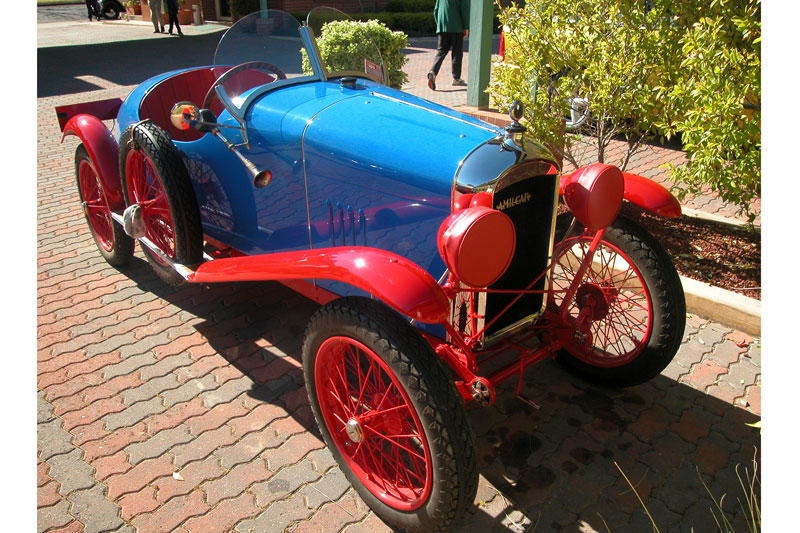 |
||||||||||||||||||||||||
|
||||||||||||||||||||||||
|
|
||||||||||||||||||||||||
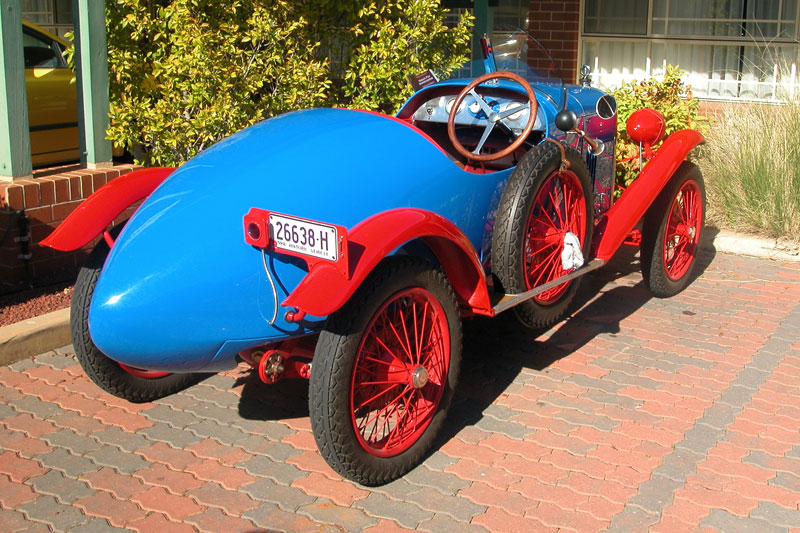 |
||||||||||||||||||||||||
|
|
||||||||||||||||||||||||
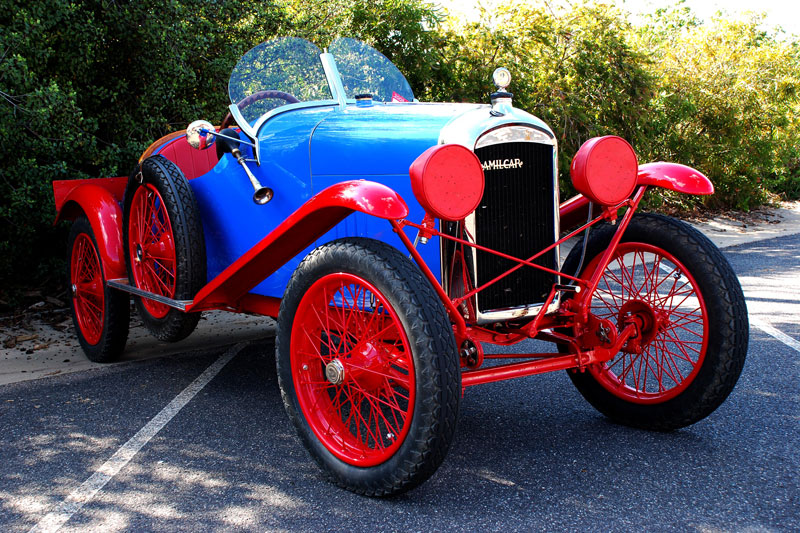 |
||||||||||||||||||||||||
 |
||||||||||||||||||||||||
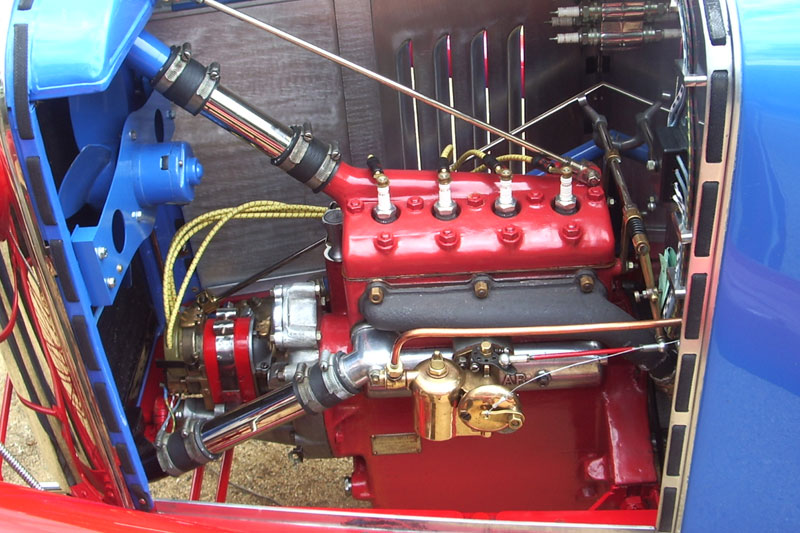 |
||||||||||||||||||||||||
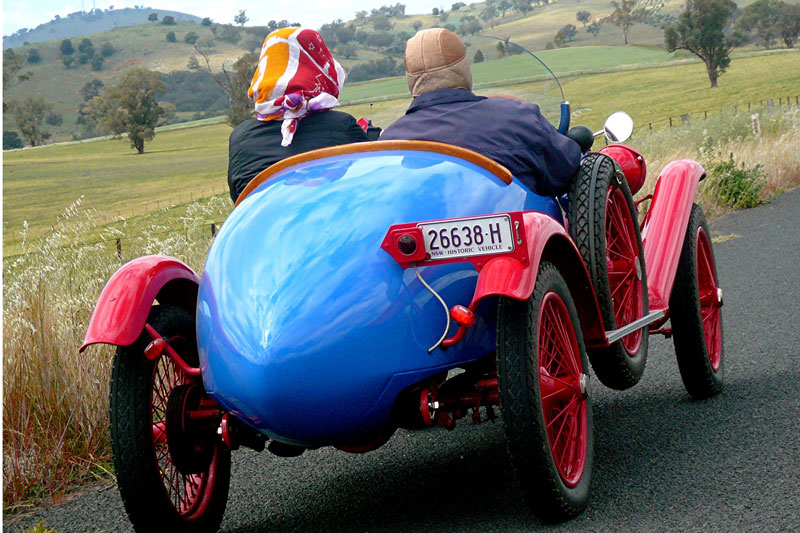 |
||||||||||||||||||||||||
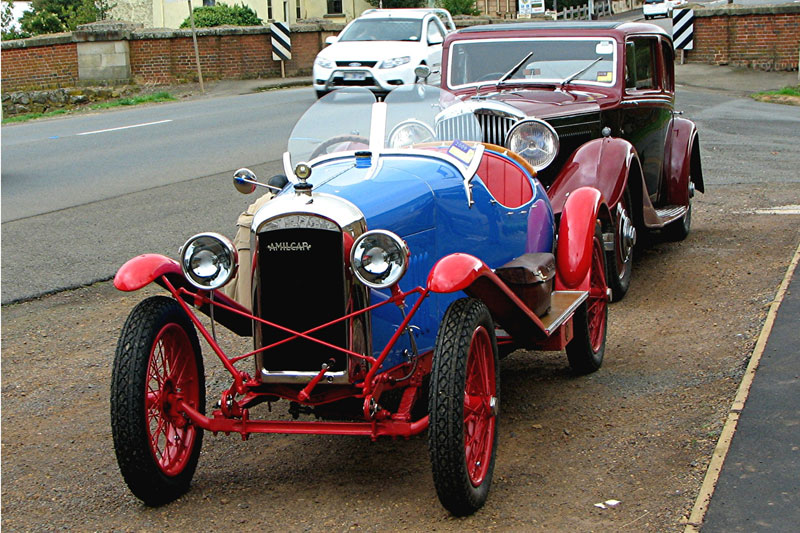 |
||||||||||||||||||||||||
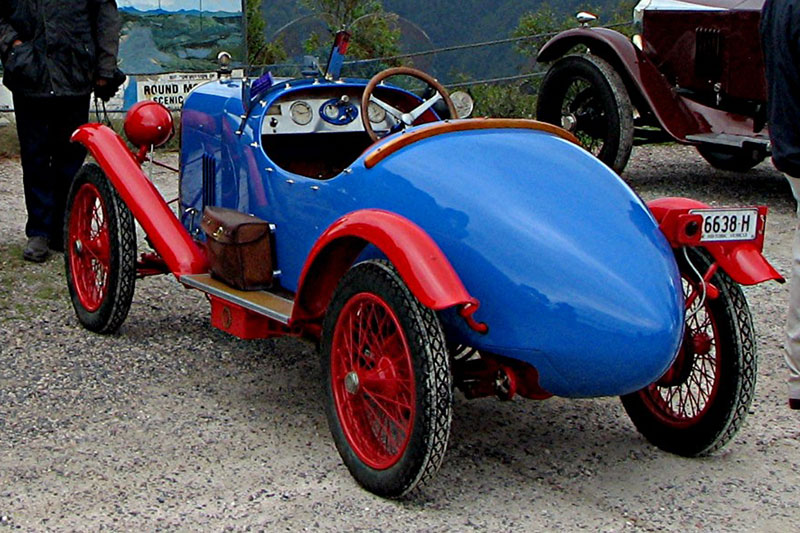 |
||||||||||||||||||||||||
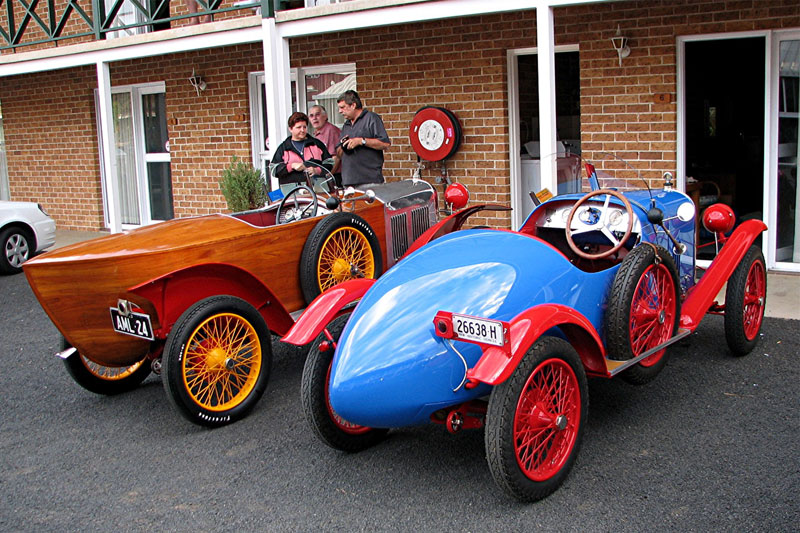 |
||||||||||||||||||||||||
|
History of this Vehicle The car is a very ordinary small French touring car of a sporting nature. “C” denotes the type of engine block used by most of the “small-engined” Amilcars. “4” denotes a longer chassis capable of being fitted with coachwork to take up to a maximum of four persons, including the driver. In 1923 the Amilcar factory did not provide coachwork for its motor-cars. They were sold a rolling chassis’ and bought by coachbuilders who had a pretty good idea what sort of coachwork would appeal to potential customers. Sometimes a customer bought a chassis direct from the factory and had it delivered to the coachbuilder of his choice. Coachbuilders became the basis of dealers. Of course, the Europeans were far behind the Americans in supplying complete motor-cars to customers. Custom coachwork has its charm but there is no such thing as an “official” Amilcar as they threw them together every which way and that included instruments and electrical equipment which was sourced from whoever was able to supply them at the time. They were very small beer compared to companies like Renault, Peugeot, Citroen and Berliet, who were supplied first. The majority of Amilcar imported into Australia were brought in as rolling chassis’ to take advantage of a piece of legislation known as the Tariff Reduction Scheme. On the surface it appeared to be designed to encourage local coachbuilders but when read in conjunction with the British Empire Preferential Scheme legislation (I may not have the names for these two pieces of legislation exactly right) it became apparent that the Poms had done a deal with a gutless Australian government to try and nobble European and American cars in favour of Pommie cars which could be imported complete with coachwork and still not pay the full import duty. A very few sporting Amilcars were brought in with French coachwork but there were only a handful of these. The C4 has a grey cast-iron monobloc engine with integral crankcase, bell housing and timing case. The cylinder-head is detachable. It is side-valve, L-head and about 1000cc capacity being 56-58mm bore diameter by 95mm stroke. There are four vertical cylinders arranged in a line from front to back. The inlet and exhaust valve manifolds are cast into the block and are bifurcated. The single bronze-bodied Solex carburettor is an MHG model and bolts to the single inlet orifice on the passenger’s side of the engine. The crank is not balanced and there are only two main white-metalled bearings. The crank is fed in through the bell-housing and the rear main bearing is mounted in a removeable grey cast-iron rear-main-bearing carrier. The clutch is a wet clutch and shares the engine oil along with the gearbox. The clutch plates are steel and bear directly onto the machined rear vertical face of the flywheel which overhangs the rear main bearing. The clutch is similar to a modern “solid-centre” racing clutch. The shock of engagement being transmitted back to the rear axle is soaked up by a flexible coupling mounted behind the gearbox. This also assists in locating the rear axle in relation to the forward motion of the vehicle. Amilcars are famous for their road-holding which is why so many of them became the basis of racing specials. The engines were considered gutless which reflects the fact that France did not have access to cheap petrol like the Poms and the Yanks. The gearbox is an aluminium-alloy casting in unit with the engine. There are three forward and one reverse gear. The drive from the back of the gearbox is taken through a fabric universal and then via a propellor-shaft housed in a torque-tube bolted to the nose of the pinion carrier. The rear axle is of cast steel made in two halves, split vertically and welded together. There is a differential which is not usual for Amilcar. The brakes are two-wheel operating on the back wheels via a system of steel rods. There are four brake shoes in each cast-iron drum. Two are operated by the footbrake and two by the handbrake. Part of normal driving practice in traffic is to use both systems at once. The cooling is by a “modern” aircraft-style radiator cored and the system is purely thermo-syphon. The oiling is splash-feed. Ignition is by high-tension magneto driven through a 14/15 vernier coupling. Timing between the crankshaft and the camshaft is by a train of timing gears that run up the front vertical face of the block and are encased in a cast-aluminium-alloy timing case. The engine is rigidly mounted to the flexible chassis at three points so that distortion of the frame does not compromise the alignment of the engine and drive train. Road springs on the C4 are quarter-elliptic all round and the front axle is a steel drop-forging. The road wheels are 19” diameter and this car is fitted with Coker 3.5 x 19 motorbike tyres. The hubs are RAF as with all the early Amilcars until the Rudge-Whitworth system was offered. It was cheaper and more effective and most Amilcars after, say, 1924 were fitted with this type of hub. The firewall is fabricated from a sheet of 5.00mm aluminium-alloy. A cylindrical fuel tank of about 19 litres capacity is mounted on the rear vertical face of this firewall under the scuttle. It is filled from a filler that protrudes through the scuttle. The fuel feed is gravity via a petrol tap under the tank and then directly by copper tube to the inlet banjo connection on the forward side of the Solex carburettor. The foot pedals are, left-to-right, clutch, accelerator and brake. They are very close together so the driver has to wear slim shoes without welts. The original coachwork was built by Wm. Green of Petersham, Sydney. It was a single-door roadster and exceedingly heavy. I removed this body about eight years ago intending to hang it up under the ceiling in our carport. I did not want to butcher it by trying to lighten it but driving the car was tedious to say the least. Standard Amilcar roadsters in France had to be weighed in full touring trim before being approved by the French authorities. C4 roadsters usually weighed in about 450-500 kgs all up. This C4 weighed in at 635kgs. With the new Paris-Nice style coachwork I scaled off old photographs and mostly built by KJR of Albury the car weighs all-up in full touring trim about 420kgs.
|
||||||||||||||||||||||||
|
If you would like to contact the owner of this vehicle, please the web master to email to address shown on our Contact Us page, and include this vehicle reference amlr-bs.html in your message.
|
| page hits since 1/3/2011 |
> VSCCA Home <